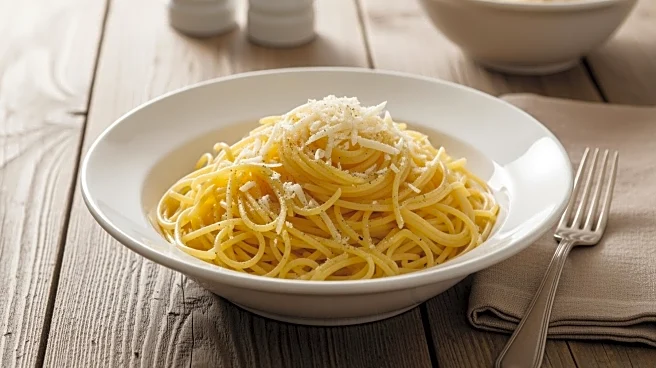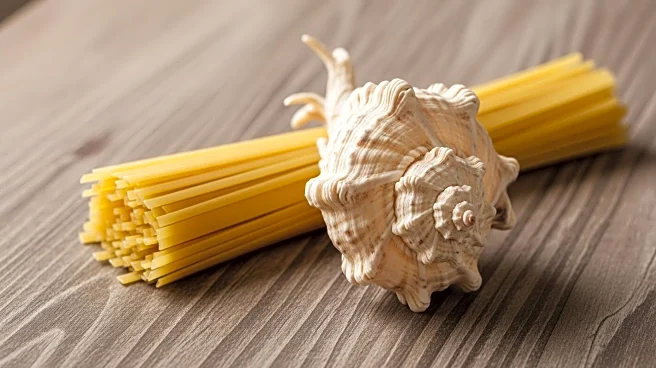Cacio e pepe is a traditional Italian pasta dish that hails from the Lazio region of Italy. The dish is known for its simplicity, consisting of just three main ingredients: pasta, pecorino romano cheese, and black pepper. Despite its minimalistic nature, cacio e pepe is celebrated for its rich flavor and creamy texture, which is achieved through a careful balance of cheese and pasta water. The dish is believed to have been created by shepherds in central
Italy, who relied on its easy-to-preserve ingredients during their travels.
What the Word Meant
Cacio e pepe translates to 'cheese and pepper' in several central Italian dialects. This straightforward name reflects the dish's uncomplicated ingredient list, which has remained largely unchanged since its inception. The use of pecorino romano, a hard, salty cheese made from sheep's milk, is a defining characteristic of the dish, providing a sharp contrast to the heat of the black pepper.
Before It Was “Cacio e Pepe”
The origins of cacio e pepe can be traced back to the pastoral communities of Lazio, Abruzzo, Tuscany, and Umbria. It is believed that the dish was created in the 18th or 19th century by shepherds who needed a meal that was both nourishing and easy to prepare. The ingredients used in cacio e pepe were ideal for this purpose, as they could be easily transported and stored without spoiling.
Tools, Vessels & Heat
The preparation of cacio e pepe involves cooking the pasta in boiling salted water, then combining it with grated pecorino romano and black pepper. A small amount of the hot, starchy cooking water is added to the mixture, which helps to melt the cheese and bind it to the pasta. Achieving the perfect creamy texture requires careful attention to temperature and timing, as the cheese can easily become lumpy if not handled correctly.
Ingredients That Changed Everything
While the core ingredients of cacio e pepe have remained consistent over the years, the addition of black pepper is a relatively recent development. Historically, black pepper was an expensive and rare commodity, not readily available to the shepherds who first made the dish. Its inclusion in cacio e pepe is thought to have occurred later, as trade routes expanded and the spice became more accessible. Today, black pepper is an essential component of the dish, adding a distinctive kick that complements the salty richness of the cheese.














